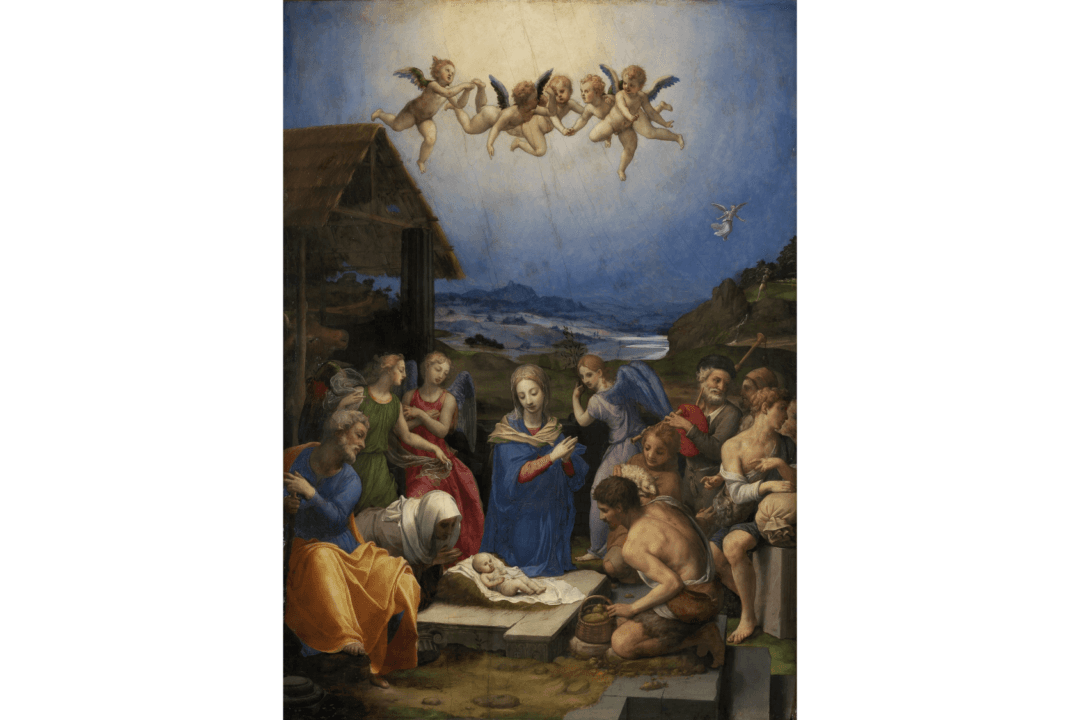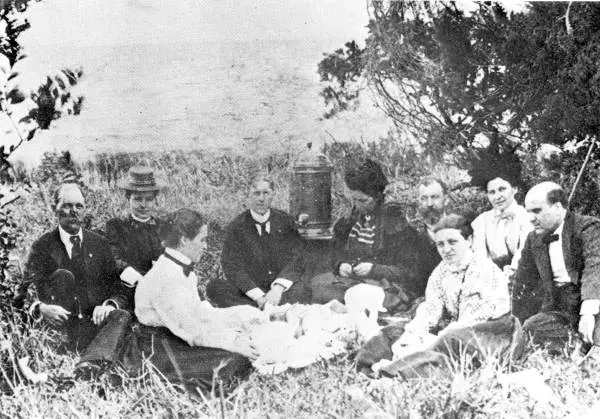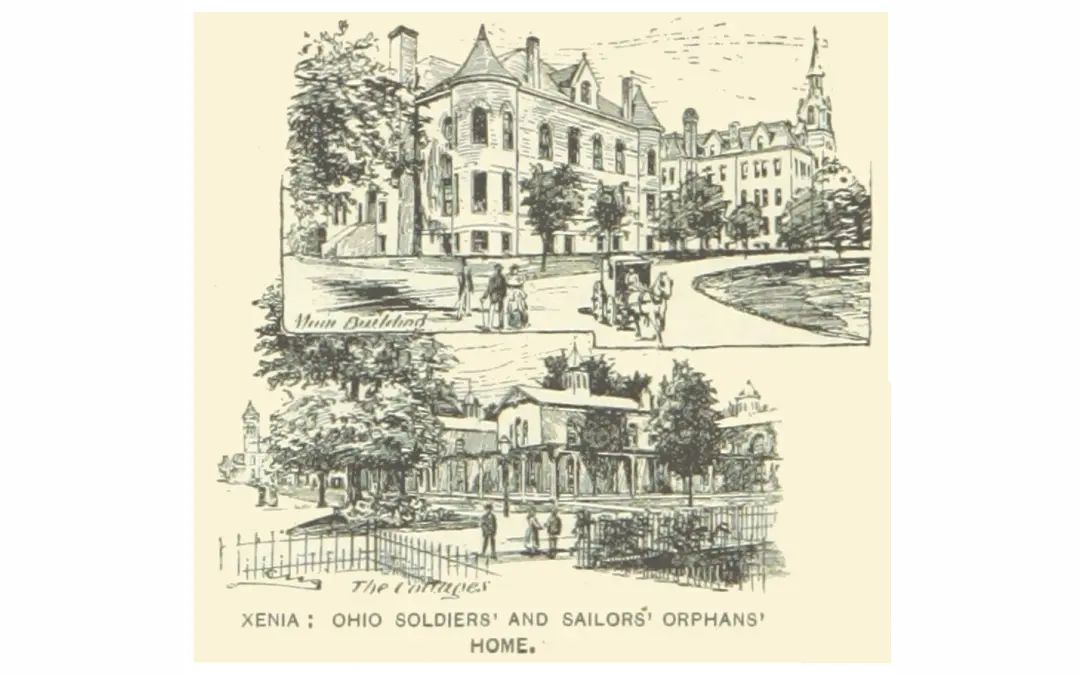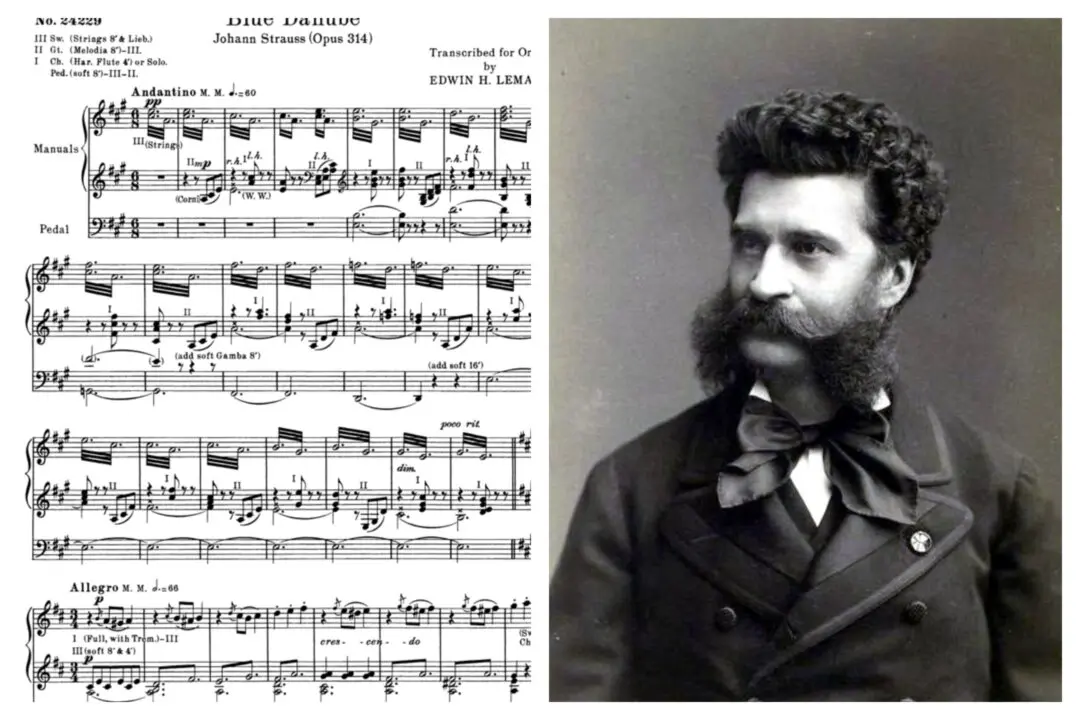Christmas carols were not always as beloved as they are now. After Oliver Cromwell overthrew King Charles I and came to power, and he outlawed Christmas celebrations in 1647, considering it a pagan activity. This included the singing of Christmas carols.
Although the ban was lifted upon the restoration of Charles II, English churches continued to exclude singing carols from religious services. At the end of the 18th century, only two carols were officially approved by the Church of England. The first was Nahum Tate’s “While Shepherds Watched Their Flocks,” which was allowed because it paraphrased the Gospel of Luke’s account of the nativity. The second was “Hark! The Herald Angels Sing.”





